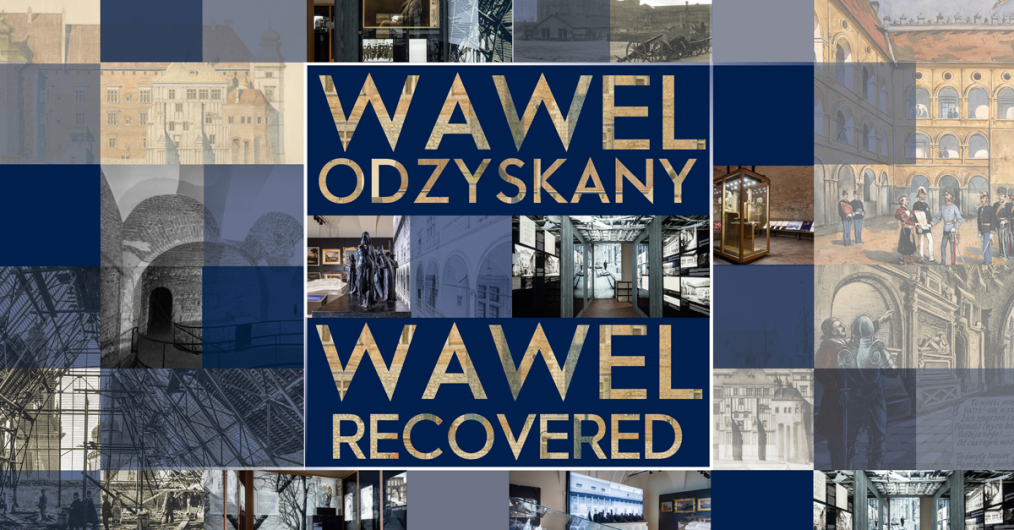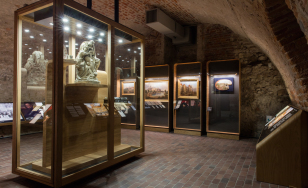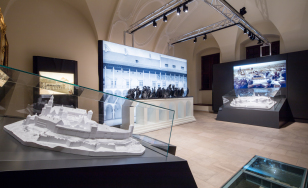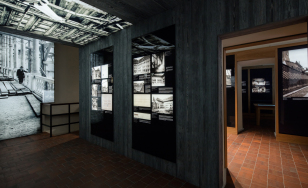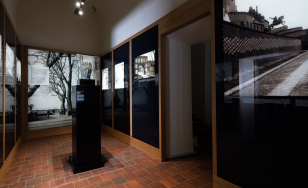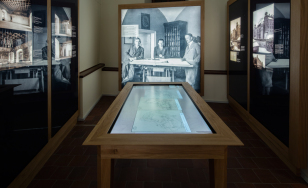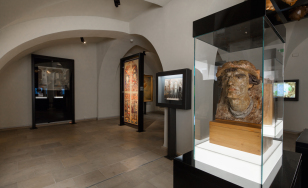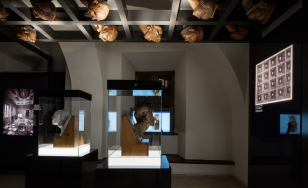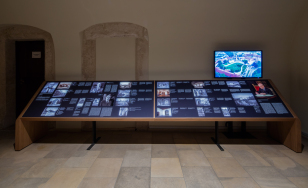December 19: all exhibitions open until 2:30 pm I Wawel tickets official site: bilety.wawel.krakow.pl
Wawel Recovered – new permanent exhibition
The permanent exhibition "Wawel Recovered" is devoted to the history of Wawel Hill from the loss of Poland’s independence in 1795 to modern times.
Using multimedia programs and luminous large-format images, the exhibition tells the story of the restoration of Wawel Royal Castle and Wawel Hill in early 20th century. Numerous ideas and designs for the restoration were created and the exhibition presents not only those that were implemented but also those that might have been.
Wawel Recovered opens to visitors on January 28, 2020
Admission: 1 zł (winter season); 10/7 zł (summer season)
Wawel Recovered opens to visitors on January 28, 2020
Admission: 1 zł (winter season); 10/7 zł (summer season)
Exhibition
After the third partition of Poland, Cracow was incorporated into Austria. The entire Hill was converted into a military complex and surrounded by fortifications. Wawel became a citadel and some buildings were demolished, with austere buildings erected in their place (hospitals with additional facilities, a military headquarters building). The exterior courtyard served as a training ground and for military parades, and the castle chambers were turned into quarters for soldiers. There was a rapid process of degradation – and even destruction – of the royal residence and of the entire Hill. Only the Cathedral remained accessible to civilians. In spite of this, Wawel remained a symbol of Polish statehood in the minds of Poles during the partitions. Diplomatic efforts were underway to restore Wawel to the Polish nation. After nearly fifty years (1860–1911), efforts to regain Wawel were successful. In 1905, in accordance with the agreement of 1903, the process of withdrawing the Austro-Hungarian Army began. It was finally completed in 1911. Architects started planning the reorganization of the space of the Hill and the restoration of Wawel’s buildings. Artists set a different goal: lending Wawel a symbolic dimension. The exhibition shows the unrealized designs of Stanisław Wyspiański and Wacław Szymanowski, two outstanding artists of the period. Wyspiański’s vision of Wawel as "Akropolis", created in cooperation with Władysław Ekielski, testifies to his commitment to the cause. Szymanowski's concept is illustrated by the sculptural composition "Procession to Wawel."
After Poland regained independence in 1918, the restoration of the Hill’s buildings became one of the national priorities. We present the activities of the conservators and architects Zygmunt Hendel (in 1905–1912) and Adolf Szyszko-Bohusz (in 1916–1939). Their task was not easy due to the difficult economic situation of the Polish state, reborn after 123 years of occupation. In 1921, Szyszko-Bohusz initiated a fundraiser (the so-called Wawel “brick” fundraiser) for restoration work. The eyes of all Poles were turned to the rebuilding of Wawel and the fundraiser was met with an overwhelming response and great generosity.
The Castle gradually regained its splendor, and was also prepared to serve as the residence of the head of state and museum. The results of both architects’ work are still visible on the Hill. Despite their efforts, the Castle could not be fully restored before the outbreak of World War II.
The final touch of the exhibition is the presentation of the most important post-war and modern conservation campaigns in the Castle and on Wawel Hill, headed by the directors of these Wawel institutions: the State Art Collections at Wawel (since 1992 the Wawel Royal Castle – State Art Collection) – Prof. Jerzy Szablowski and Prof. Jan Ostrowski, and the Board for the Restoration of the Wawel Castle – Prof. Witold Minkiewicz and Prof. Alfred Majewski.
After Poland regained independence in 1918, the restoration of the Hill’s buildings became one of the national priorities. We present the activities of the conservators and architects Zygmunt Hendel (in 1905–1912) and Adolf Szyszko-Bohusz (in 1916–1939). Their task was not easy due to the difficult economic situation of the Polish state, reborn after 123 years of occupation. In 1921, Szyszko-Bohusz initiated a fundraiser (the so-called Wawel “brick” fundraiser) for restoration work. The eyes of all Poles were turned to the rebuilding of Wawel and the fundraiser was met with an overwhelming response and great generosity.
The Castle gradually regained its splendor, and was also prepared to serve as the residence of the head of state and museum. The results of both architects’ work are still visible on the Hill. Despite their efforts, the Castle could not be fully restored before the outbreak of World War II.
The final touch of the exhibition is the presentation of the most important post-war and modern conservation campaigns in the Castle and on Wawel Hill, headed by the directors of these Wawel institutions: the State Art Collections at Wawel (since 1992 the Wawel Royal Castle – State Art Collection) – Prof. Jerzy Szablowski and Prof. Jan Ostrowski, and the Board for the Restoration of the Wawel Castle – Prof. Witold Minkiewicz and Prof. Alfred Majewski.
LOG IN
REGISTRATION
